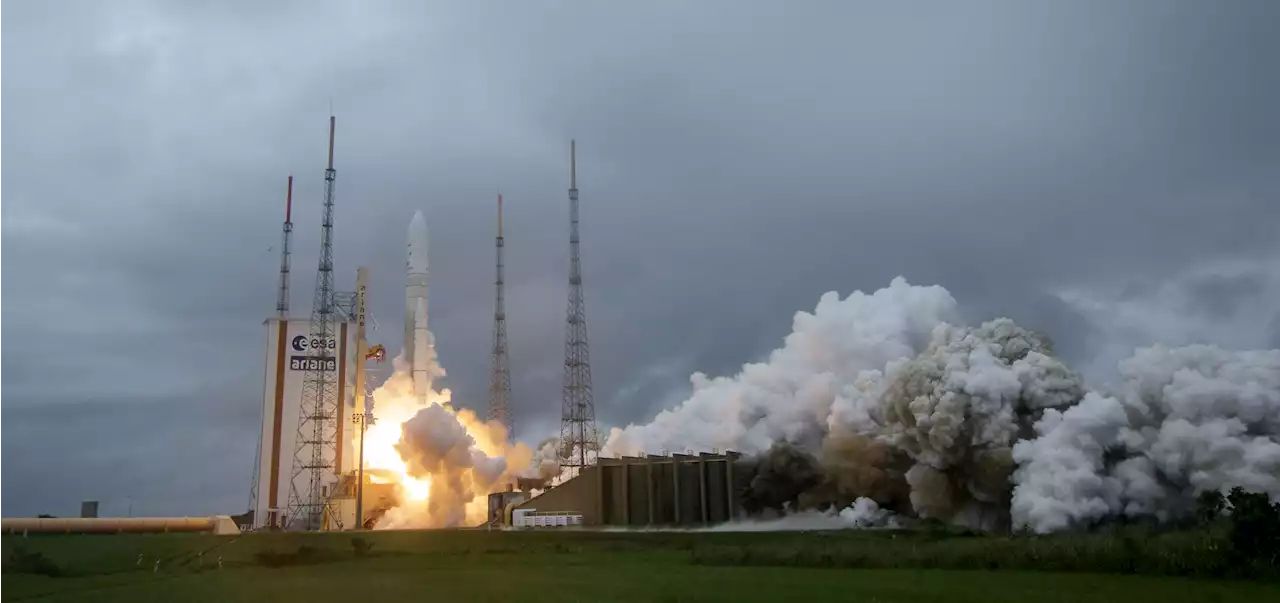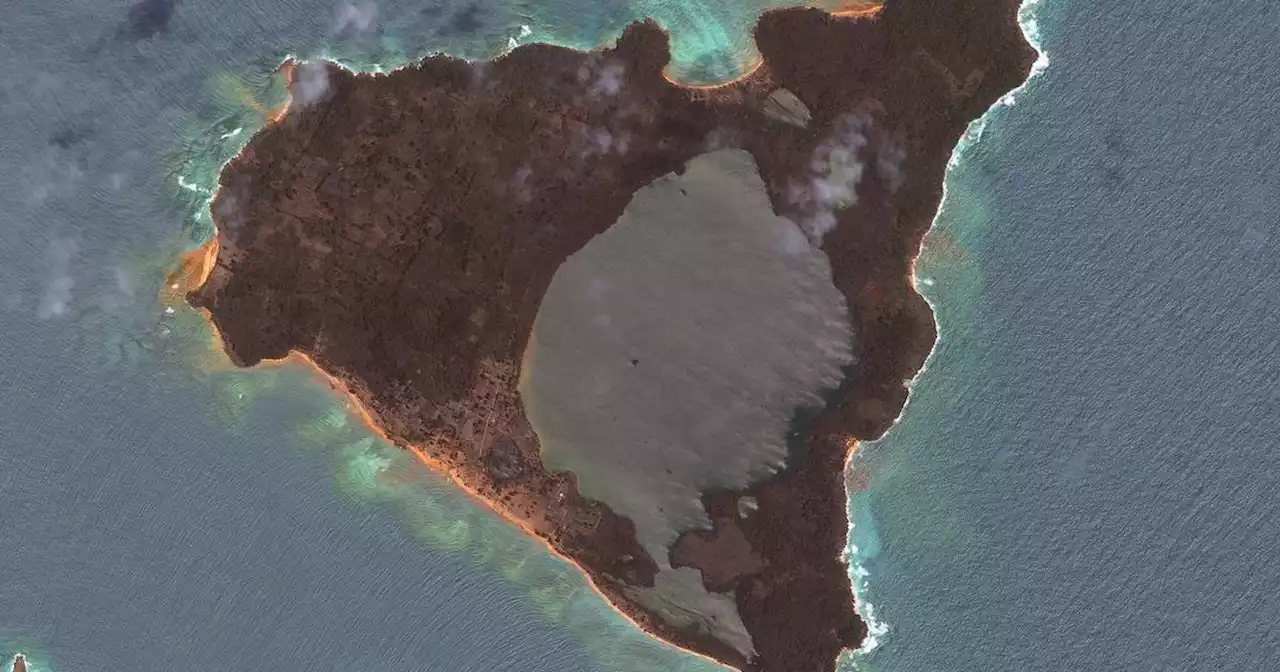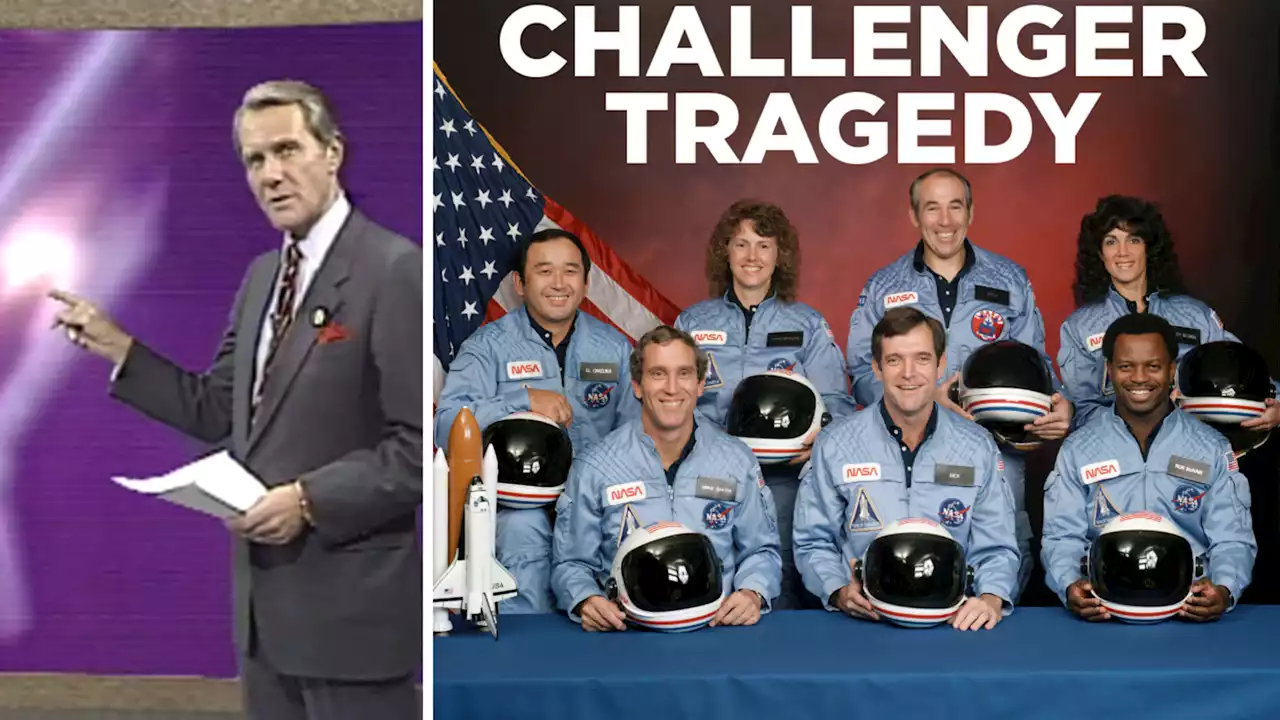NASA's James Webb Space Telescope, designed to give the world an unprecedented glimpse into the earliest stages of the universe, neared its gravitational parking space on Monday in orbit around the sun, almost 1 million miles from Earth.
With a final course-correcting maneuver by on-board rocket thrusters set for 2 p.m. EDT , Webb is expected to reach its destination at a position of orbital stability between the Earth and sun known as Lagrange Point Two, or L2, arriving one month after launch.
The combined pull of the sun and Earth at L2 can hold the telescope firmly in place so it takes little additional rocket thrust to keep Webb from drifting. Its size and design to operate mainly in the infrared spectrum will allow Webb to peer through clouds of gas and dust and observe objects at greater distances, thus farther back in time, than Hubble or any other telescope.
The 18 segments now need to be aligned to achieve the mirror's proper focus, a process that will take three months to complete.As the alignment progresses, ground teams will start activating the observatory's spectrograph, camera and other instruments. This will be followed by two months calibrating the instruments themselves, Smith said.
United States Latest News, United States Headlines
Similar News:You can also read news stories similar to this one that we have collected from other news sources.
 NASA's James Webb telescope is about to arrive at an exceptional point in spaceThe telescope will arrive at Lagrange point 2 on Monday, where it will drift 930,000 miles away in Earth's shadow.
NASA's James Webb telescope is about to arrive at an exceptional point in spaceThe telescope will arrive at Lagrange point 2 on Monday, where it will drift 930,000 miles away in Earth's shadow.
Read more »
 Dekanalog To Release Long-Lost Walter Saxer Doc; James Dean’s Car Horror Pic; T-Series Enters NFT Space – Global BriefsDekanalog To Release Long-Lost Doc EXCLUSIVE: New York-based distributor Dekanalog has acquired a pair of features for release in 2022. The first is Walter Saxer’s long lost documentary Sepa:…
Dekanalog To Release Long-Lost Walter Saxer Doc; James Dean’s Car Horror Pic; T-Series Enters NFT Space – Global BriefsDekanalog To Release Long-Lost Doc EXCLUSIVE: New York-based distributor Dekanalog has acquired a pair of features for release in 2022. The first is Walter Saxer’s long lost documentary Sepa:…
Read more »
 Tonga eruption equivalent to hundreds of Hiroshimas, NASA saysThe scale of the destruction from the January 15 undersea eruption was still unclear since communications with remote islands were knocked out.
Tonga eruption equivalent to hundreds of Hiroshimas, NASA saysThe scale of the destruction from the January 15 undersea eruption was still unclear since communications with remote islands were knocked out.
Read more »
 NASA sets February launch date to test Artemis moon rocketThe first rocket designed to carry astronauts to the moon for the first time in 50 years is fully assembled in Florida, prompting NASA to announce a launch date.
NASA sets February launch date to test Artemis moon rocketThe first rocket designed to carry astronauts to the moon for the first time in 50 years is fully assembled in Florida, prompting NASA to announce a launch date.
Read more »
 NASA marks 36 years since Challenger explosion disaster FridayWe remember the seven astronauts who were killed when NASA's challenger exploded shortly after take-off on Jan. 28, 1986.
NASA marks 36 years since Challenger explosion disaster FridayWe remember the seven astronauts who were killed when NASA's challenger exploded shortly after take-off on Jan. 28, 1986.
Read more »
